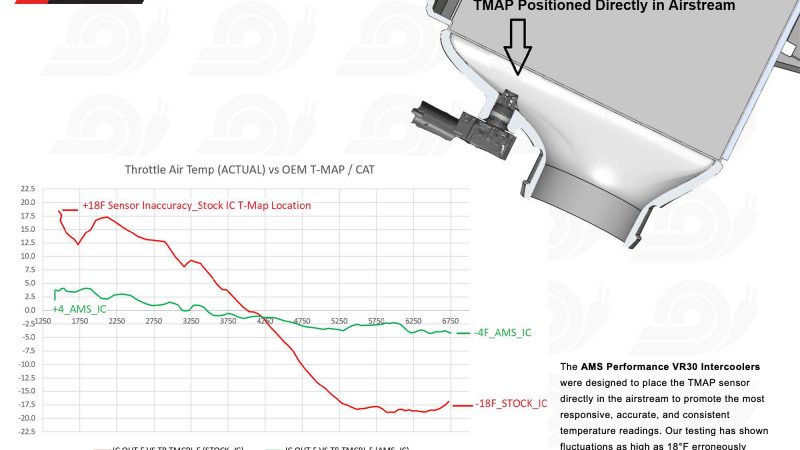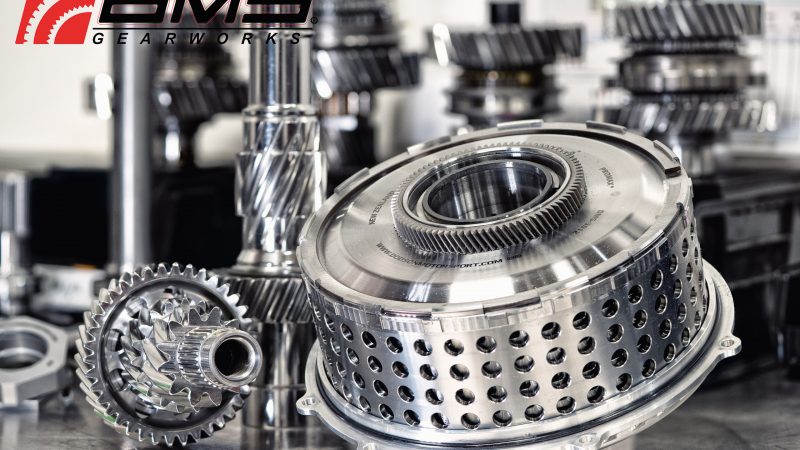Stanback BMW 135/335/535 Tuning Computer

AMS has been quietly evaluating many of the performance products for the vehicles that come equipped with the BMW N54 powertrain. More specifically, weve sampled a few engine management systems on the market today and weve found each have their respective pros and cons. However we feel the cp-e Standback has the best blend of cost, performance, and end-user adjustability, which is why weve chosen to use it as our system of choice for the BMW N54 platform.
This past May cp-e sent us a Standback unit sample. We installed the test unit it into our 335i and immediately noticed some things that separated it from the other systems we tested.
First, the unit isnt an off the shelf component that was adapted to the N54. cp-e has been using the Standback on direct injected and turbocharged vehicles since early 2007, even if it wasnt on BMWs specifically. The unit was designed and built in-house by cp-es engineers, and uses some of the latest hardware in order to quickly respond to changing conditions. For instance, the processor that tracks the crank wheel can stay locked to the sensor with accelerations of up to 50,000rpm/sec, which is far faster than any N54 can rev.
The boost system is pretty advanced as well. Not only is it incredibly precise, but cp-e makes it very easy to change boost pressure. In the software there is a boost control window where you may enter your desired boost pressure in for both primary and secondary maps (the unit can store two maps). You can see in the screen shot we have fifteen and seventeen psi selected. What that means is, if the turbos can make the pressure youre requesting then youll get it.
The boost control is also standalone in that it doesnt command a factory boost curve thats simply elevated over stock. This is important because tuning a vehicle with varying boost pressure during a run can be very tricky. You can really command a very stable, and flat boost curve which will make serious tuning more straight forward.
This is a log with the Standback set to 14 pounds, and as you can see it does a pretty good job at holding that pressure. The end-user doesnt have to used a fixed boost pressure either.
If you get fancy you can actually adjust the target pressure relative to engine rpm and throttle position too. You just open one of the boost tables and tell the Standback when to target whatever pressure you want.
In addition to boost the Standback can adjust fueling and total ignition timing as well. These adjustments can be particularly useful if your area gets spotty fuel quality, if youre running race gas, or even if youre running water/methanol. All of the aforementioned scenarios would benefit from some adjustment of fueling and timing over what the factory computer already allows. If youre running race gas and wish to push the envelope you can do that. Or, if you want to find minimum best timing at a more modest boost pressure, you can do that too. The options are pretty limitless, which is part of the reason why were so excited about this product.

We also recognize that theres been a lot of interesting in running supplemental fuels, and its nice to know that the Standback has a programmable PWM output for either water/methanol pumps or batch fire injectors.
So what does all of this add up to? Well aside from having tremendous control over the engine, the system also makes great power and seems to be as good if not better than the most popular systems on the market today. Above is a dyno run with the SB set to 14psi with a little bit of fuel added. You can see with only 14psi the Stand-Back able to make 53 horsepower and 84 pound-feet of torque as measured at the wheels over stock management (the car was also equipped with a turboback exhaust). As you can imagine, more boost and further tuning will yield higher results.
Here a beta tester installed the Standback along with the water/methanol ProFuel controller and a cp-e turboback. The totally stock run is above in above in the solid lines, and the dotted lines are after the modifications were installed. As you can see, the engine made 107 horsepower and 129 pound-feet of torque, and thats through the factory airbox and intercooler.
Our shop car on a modest tune with our exhaust and intercooler is making 360 whp and 400 ft lbs!!!
Primary Functions
- Flexible standalone PID-based boost control
- Fuel-air mixture controlIgnition timing control
- High pressure (mechanical) fuel system control
All primary functions are end-user adjustable and are variable relative to engine rpm, throttle position, manifold pressure, or mass airflow (where applicable).
Secondary Functions
- On-the-fly map switching (store up to two maps)
- Instantaneous data display in graph & DRO format
- Datalogging of numerous engine functions
- Log up to eight analog sensors (add-on device)
- BBX datalogging and telemetry suite (add-on device)
- Pulse-width modulated supplemental fueling control for batch-fire injectors or water/methanol systems (add-on device)
Applications
BMW E60,E61,E82,E83,E90,E91,E92,E93 Using the 3.0 Turbocharged N54 Engine
Click Here for more info or to purchase.



